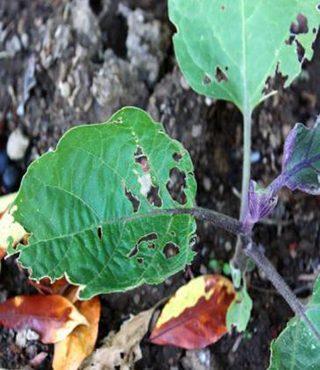Identification and Life Cycle
Earwigs (Forficula auricularia), got their name from the myth that they crawl into people’s ears and tunnel into their brains while they sleep. Contrary to folklore, they do not, but their appearance can be alarming to a homeowner.
They are approximately 3/4 – inch long and reddish brown in color. They can be easily identified by their forcep-like “pincers” on the end of the abdomen and long, thin antennae. The pincers of the male are curved compared to those of the female which are straight. Most species seem wingless, but actually have long back wings folded beneath its forewings that are rarely used to fly.
Their life cycle consists of egg, nymph and adult. During the spring and summer, the females will lay 20 to 50 oval shaped, pearly-white or cream colored eggs within the top 2 to 3 inches of soil. In about 7 days, the nymphs will hatch from the eggs. The nymphs are similar in appearance to the adults, but are white to olive-green in color and lack wings.
Over a 70 day period, the nymphs go through four growth stages before becoming an adult. They live for about 1 year, but most often the males will die during the winter months. Earwigs may dig as deep as 6-feet below ground to escape and hibernate during cold seasons. An earwig’s forceps are used to protect herself and her eggs from other insects, capture prey and to fold or unfold its wings.




Comments are closed.